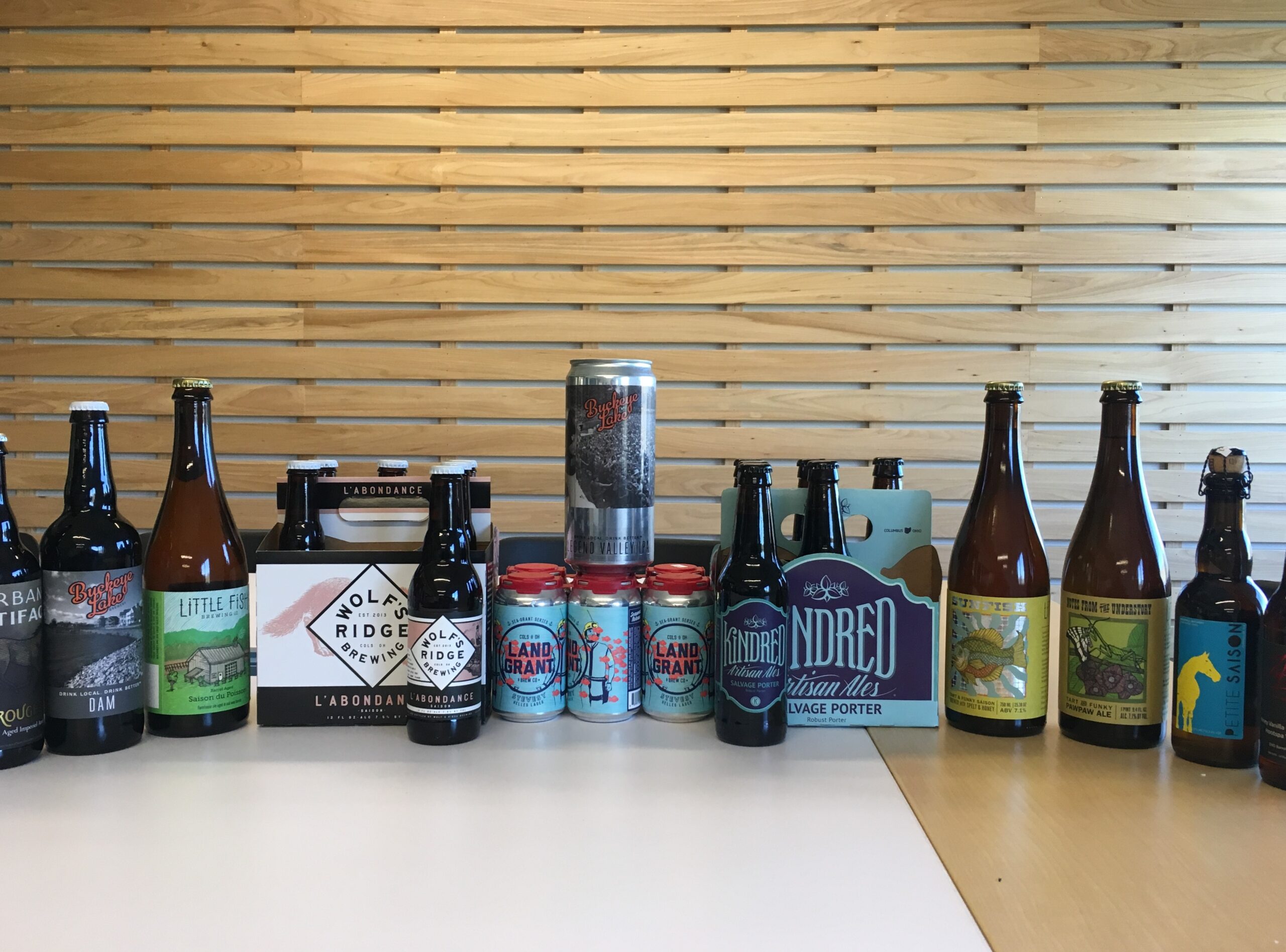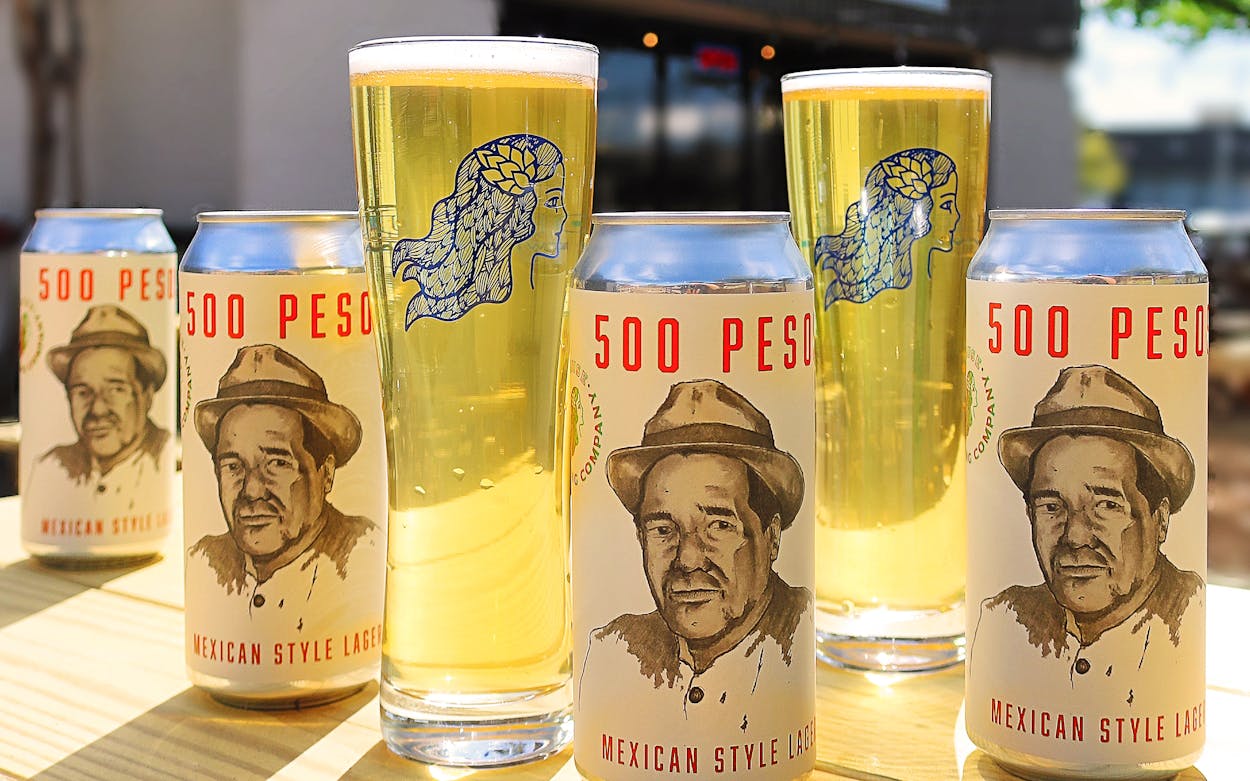Distillery in Galveston: Discover the Art of Craft State Of Minds
Distillery in Galveston: Discover the Art of Craft State Of Minds
Blog Article
The Ultimate Distillery Experience: From Grain to Glass, Everything You Required to Know
Beginning on a trip through the details of the distillery process reveals a globe where scientific research meets creativity in the production of spirits. From the careful choice of grains to the thorough crafting of each container, every step in the production line plays a critical role in shaping the final item that beautifies our glasses.
The Art of Grain Selection
Selecting the excellent grains is an essential step in the distillation process, establishing the taste account and quality of the final product. The sort of grain selected dramatically affects the personality of the spirit being generated - Distillery in Galveston. Usual grains made use of in purification consist of barley, corn, rye, and wheat, each imparting distinct flavors and characteristics to the final product

Beyond flavor considerations, the high quality and pureness of the grains are extremely important. Distillers meticulously source grains to ensure they are devoid of pollutants and have the essential starch web content for fermentation. By understanding the art of grain selection, distillers lay the foundation for creating extraordinary spirits that mesmerize the taste buds.
Purification Process Demystified
Having established the foundation with precise grain choice, the distillation process becomes the transformative stage where the essence of the picked grains is opened and improved right into a perky kind. Purification is a methodical process that relies on the principle of separating alcohol from a mixture based upon distinctions in steaming points. When the fermented mash is heated in the still, the alcohol evaporates at a reduced temperature level than water and various other compounds, allowing for its extraction. As the alcohol vapors pass and climb with the still, they condense back into liquid type, resulting in a greater evidence distillate. This distillate, also referred to as the 'heart cut,' is the purest and finest portion of the purification run. The procedure doesn't finish there; several distillation runs or added steps such as maturing in barrels might even more refine the spirit, boosting its character, taste, and complexity. Understanding the details of the distillation procedure is vital for producing high-grade spirits that mesmerize fanatics and connoisseurs alike.
Barrel Aging and Flavor Development
Throughout the barrel aging process, spirits undergo a transformative journey as they connect with the timber, soaking up nuanced tastes and establishing an abundant intricacy. As spirits age in the barrels, they extract compounds such as vanillin, lignin, and tannins from the wood, adding to the development of aromas like vanilla, sugar, seasoning, and even hints of toasted oak.
The porous nature of timber likewise allows the spirit to breathe, promoting the combination of flavors over time. Depending on the duration of aging and environmental conditions like temperature level and humidity, spirits can acquire various qualities, from subtle wood notes to deep, complicated tastes that make each set special.
Workmanship in Bottling and Classifying
As spirits reach their optimal taste accounts with barrel aging, the thorough workmanship in labeling and bottling comes to be the following important action in presenting a costs product to customers. The procedure of bottling and classifying is a vital aspect of the general distillery experience, as it is the last touchpoint prior to the product reaches the hands of customers (Breweries in Galveston Texas). Workmanship in bottling entails making sure that each bottle is loaded exactly with the i thought about this spirit, taking right into account variables such as uniformity in fill degrees and the avoidance of any contaminations getting in the bottle

Tasting and Valuing Fine Spirits
To fully appreciate great spirits, one need to engage all the senses in a purposeful look what i found and conscious tasting experience. When tasting fine spirits, it is necessary to begin by observing the spirit's look. Keep in mind the shade, clearness, and viscosity of the liquid in the glass. Swirl the spirit carefully to release its fragrance. The nose is a vital sense in sampling spirits; take a moment to breathe in the complex scents deeply. Next off, take a tiny sip and allow it remain on your taste buds. Focus on the various flavors that unfold - from fruity and pleasant notes to spicy or smoky undertones. Think about the mouthfeel, keeping in mind if the spirit is smooth, silky, or fiery. Swish the spirit in your mouth to totally experience its structure and preference. Swallow gradually and value the sticking around surface. Great spirits frequently leave a positive aftertaste that can reveal much more regarding the craftsmanship and high quality of the beverage. By involving all your detects in this fashion, you can really savor and appreciate the complexities of great spirits.
Final Thought
In verdict, the distillery experience includes the complex art of grain option, the exact purification procedure, the transformative barrel aging, the thorough craftsmanship in labeling and bottling, and the innovative method of tasting and appreciating great spirits. Each action in the manufacturing process plays an essential function in producing top quality spirits that astound the detects and delight aficionados worldwide.
The kind of grain selected significantly affects the personality of the spirit being produced. By mastering the art of grain option, distillers lay the structure for developing outstanding spirits that astound the taste buds.

Report this page